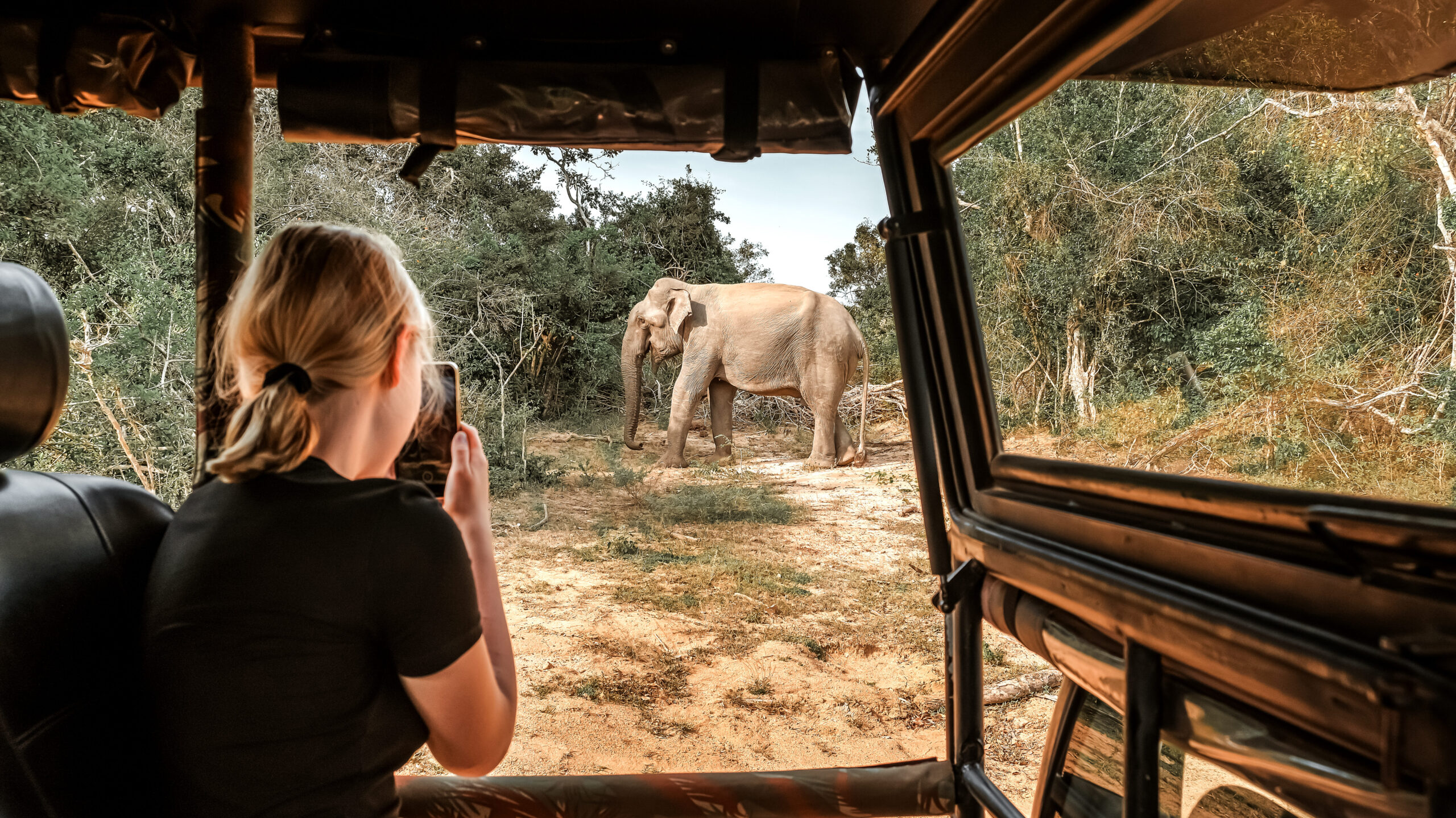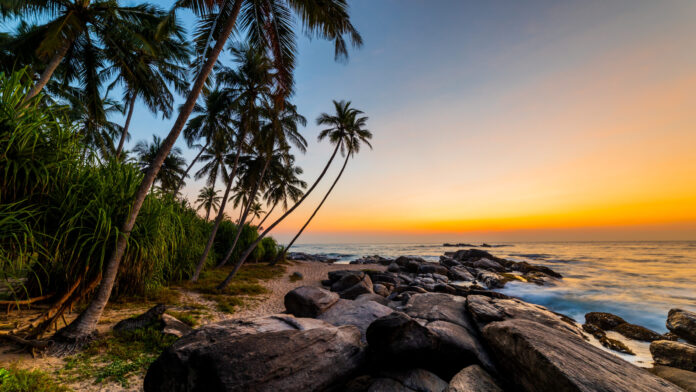By The Frontpage Journal
Sri Lanka has long been sold to the world as a paradise of golden beaches, palm-lined resorts, and ancient ruins. It is a brand that has worked for decades, drawing in millions of sun-seekers and cultural explorers. But the global tourism landscape is changing, and with it, the expectations of the new generation of travellers. Today’s visitors are not looking for more of the same. They are seeking diversity, depth, and discovery.
The challenge facing Sri Lanka’s tourism sector is not a lack of assets, it is a lack of imagination in how those assets are presented. From cloud forests and dry zone savannahs to wetlands, lagoons, and highland farms, the island boasts a rare ecological and geographical richness packed into a small footprint. Yet too many of these biomes remain underutilised or ignored in national tourism narratives.
Redefining the Sri Lankan Experience
The modern traveller wants experiences that are meaningful, immersive, and environmentally conscious. That means moving beyond beach packages and into thematic journeys that explore the island’s ecological variety, cultural textures, and local livelihoods. Birdwatching tours in the Mannar wetlands, agro-ecotourism in the Knuckles Range, or night safaris in the Wasgamuwa buffer zone can all attract niche markets that spend more and stay longer.
Such diversification is not just about experiences, it is also about markets. Younger tourists, especially millennials and Gen Z, are more motivated by impact, authenticity, and story. They want to travel in a way that aligns with their values. Families, meanwhile, are seeking educational nature-based holidays. Seniors from Europe and East Asia are looking for wellness and heritage experiences. Diaspora travellers want reconnection, not just
sightseeing. Sri Lanka can serve them all, if the offerings are curated with care.

The private sector has begun to adapt, with a growing number of eco-lodges, boutique retreats, and community-run tours emerging in non-traditional areas. But for diversification to succeed at scale, stronger coordination is needed. National marketing campaigns must reflect the full spectrum of what the island offers. Government support should go to those willing to invest in off-grid experiences and environmental stewardship.
Sri Lanka’s long-term competitiveness in tourism will depend on how well it manages to shift from a single-narrative destination to a multi-narrative one. The island is not just a tropical getaway. It is a living classroom of biodiversity. It is a cradle of ancient wellness knowledge. It is a cultural mosaic, a natural wonder, and a place of spiritual and ecological depth.
To reach its full potential, Sri Lanka must stop selling itself short. The world is not looking for another beach. It is looking for stories, landscapes, and communities that feel real. That, more than anything, is what this island has to offer.




